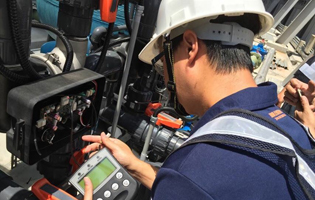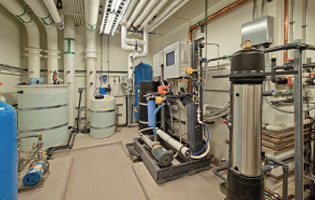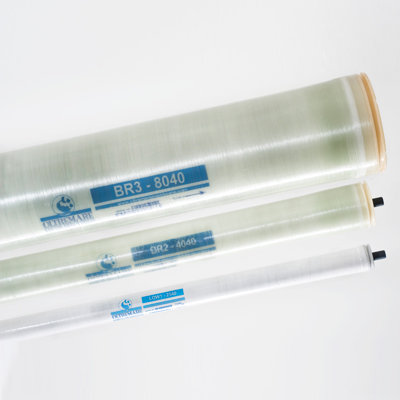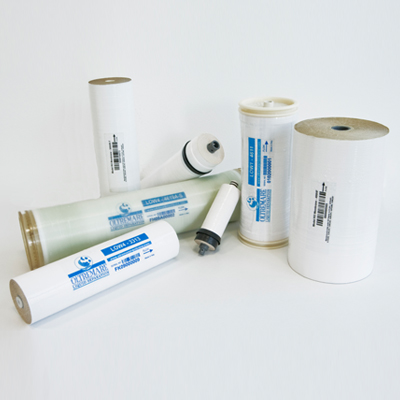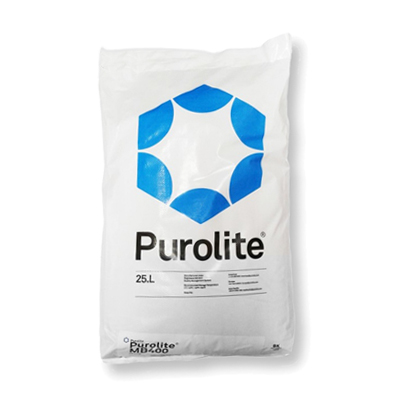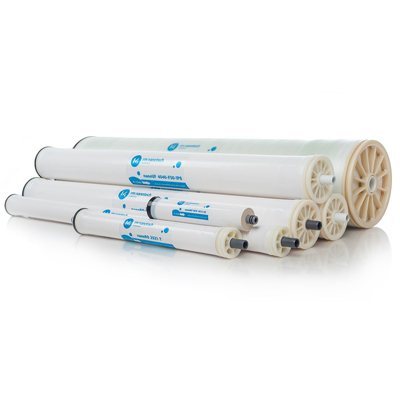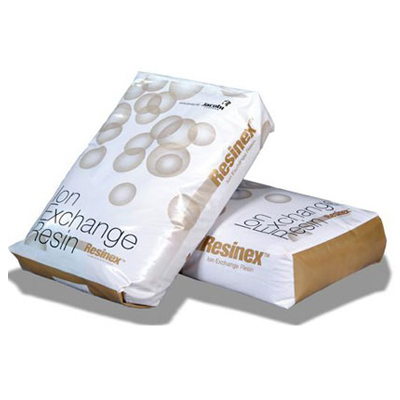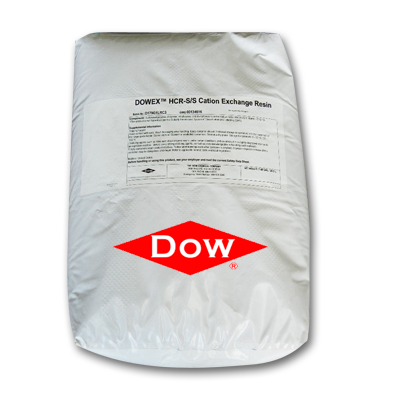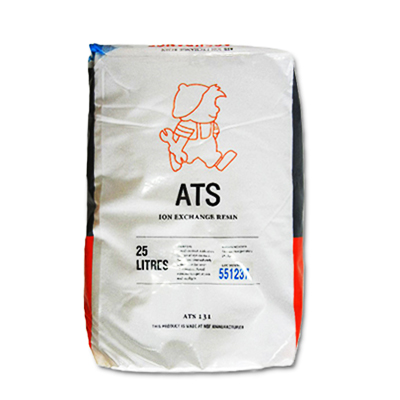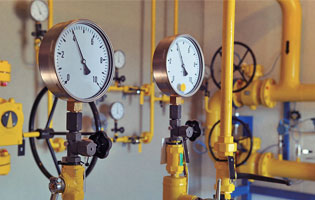PRODUCT INFORMATION
Activated carbon water treatment (filtration) technology
- front page
- product
- Water Treatment Technology
- Technology Development Department
- Activated carbon water treatment (filtration) technology
Product Information
- heat treatment
-
water treatment
- Arsenic remover
- Desulfurizer
- Deaerator
- Water softener (except calcium and magnesium)
- Carbon filter (removal of chloramines)
- Sand filter (remove impurities)
- Iron remover (removal of iron and manganese)
- RO water purifier
- Pre-backwash filter
- UV ultraviolet sterilizer
- Ion exchange resin
- reverse osmosis membrane tube
- stainless steel filter
- Various tanks for water treatment
- Various application filter media
- 美國 Clack Clark control valve
- 美國 Fleck Control Valve
- 美國 Pentair Control Valve
- 美國 Autotrol Control Valve
- Runxin Control Valve
- Injection treatment
- Technology Development Department
-
brand
- Demo brand
- US DOW
- IDEX USA
- US CLACK
- EMERSON, USA
- American PENTAIR
- SIEMENS Germany
- American PULSAFEEDER
- Denmark DANFOSS
- Thailand HAYCARB
- France SUNTEC
- UK PUROLITE
- Japanese NOP
- Japan OLYMPIA
- Japan KATSURA
- BRAHMA, Italy
- SAGINOMIYA
- HONEYWELL
- AZBIL (YAMATAKE)
- OLTREMARE
- NIPCON
- TROCHOID
- domestic
- EGO
- KATO
- LECIP
- ATS
- JACOBI
- ETATRON
- WAVE CYBER
- BOSCHINI
- NIPPON
- WL
- CASH ACME
- YAZAKI
- RUNXIN
- About | Contact

Activated carbon water treatment (filtration) technology
Technical explanation
Activated carbon filter principle:
Granular activated carbon (GAC) is commonly used to remove organic constituents and residual disinfectants in water supplies. This will not only improve the taste of the water and reduce the organic substances and chemicals that have health hazards in the water; it will also directly protect other water treatment equipment such as: reverse osmosis membranes (reverse osmosis equipment) and ion exchange resins (water softener equipment) , so that it is free from damage to equipment such as oxidation or organic scaling. Activated carbon filtration technology is a popular water treatment technology because of its multifunctional nature, and it does not require any harmful additions (such as chemicals) to the water treatment process. Most activated carbons are made from natural raw materials such as coconut shells, wood, coal, and petroleum. Activated carbon typically has a surface area of about 1,000 square meters per gram (m2/gm). However, different natural raw materials will produce different types of activated carbons with varying hardness, density, porosity, particle size, surface area, extractables, ash, and pH. These differences in properties may make some activated carbon properties more suitable for certain applications (please call or email for inquiries). Finally, there are two main mechanisms by which activated carbon removes pollutants from water: (1) adsorption, and (2) catalytic. The organic matter in the water is removed by the adsorption of activated carbon, and the residual disinfectant in the water is removed by the catalytic activity of the activated carbon.
The main factors affecting the performance of activated carbon:
(1) Molecular weight:
As the molecular weight increases, the adsorption of activated carbon becomes more efficient because the molecules have very low solubility in water. But it is important that the pore structure of activated carbon must be wide enough to allow molecules in water to migrate into the pores of activated carbon. If there are mixed molecules of high molecular weight and low molecular weight in the water, the design should be designed to remove the more difficult substances in the water.
(2) pH pH:
Most organic compounds are more easily adsorbed by activated carbon if they are poorly soluble in water, especially when the pH of the water is low. Removal decreases with increasing pH. Our experience is that the volume of the activated carbon bed needs to be increased by 20% per degree above the neutral (7.0) pH unit to achieve an effective removal rate.
(3) Concentration of pollutants:
The higher the pollutant concentration, the greater the removal ability of activated carbon. Contaminant molecules in the water are more likely to diffuse into the activated carbon pores and be adsorbed. However, as the concentration of pollutants increases, the frequency of sewage leakage also increases. Therefore, the upper limit of the pollutant concentration is several hundred ppm. The higher the contaminant concentration, the more time it will need to be in contact with the activated carbon, so the volume of the activated carbon bed should be increased. It is also important that the removal of organic matter in the water by activated carbon increases with the hardness of the water, so if possible, an activated carbon filter should be installed at the most upstream (most front end) of the entire water treatment system. Activated carbon filters must be installed before the water softener and reverse osmosis equipment to remove residual chlorine in the water.
(4) Particle size:
The types of activated carbon particles (for water treatment) are roughly divided into 8×30 (the largest particle), 12×40 (the medium particle) and 20×50 (the smallest particle). The finer particles provide better contact time for better removal, but at the cost of higher pressure drop. Our experience is that the removal effect of 20×50 is 2-3 times that of 12×40 and 10-20 times that of 8×30. However, when designing, the appropriate particle size must be selected according to the actual application requirements and cost budget.
(5) Flow:
The lower the flow rate, the more time it takes for the pollutants to diffuse into the activated carbon pores and be adsorbed by the activated carbon. The adsorptive properties of activated carbon will increase with efficiency due to longer contact times. Also, in general, a 20×50 particle activated carbon bed can run twice as much as a 12×40 particle activated carbon bed, and a 12×40 particle activated carbon bed can run twice as fast as an 8×30 particle activated carbon bed Flow speed operation. But be careful, whenever you consider the use of higher flow rates and finer particles of activated carbon, be sure to pay attention to the accompanying pressure drop!
(6) Temperature:
Higher water temperature will reduce the viscosity of the solution, increase the molecular diffusivity in the solution, and increase the adsorption of activated carbon. However, higher temperature also breaks the adsorption bonds of activated carbon and slightly reduces the adsorption. These design factors depend on the organic compounds to be removed, but in general, lower temperatures favor the adsorption properties of activated carbon.
Organic Compound Removal:
Organic compounds in urban water supplies typically come from decaying plants and increase over time, making these plant molecules more soluble in water and into large, high-molecular-weight organic acids (nonpolar weak acids). Eventually, smaller molecular weight organic acids are formed. Typical organic acid molecules have molecular weights ranging from several hundred to tens of thousands. The size, number, and chemical structure of organic acid molecules depend on many factors, including water pH and temperature. Therefore, there is an almost unlimited number of organic acids in water. Therefore, it is a very difficult technology to remove organic compounds from water, and the technical method will be adjusted to the best state according to the actual site conditions. The adsorption properties of activated carbon are used to remove organic compounds. Generally, adsorption occurs because all molecules exert physical forces to stick to each other. Activated carbon adsorbs organic compounds because the physical attraction between the activated carbon surface (non-polar) and the contaminants (non-polar) is stronger than the physical force for the contaminants to remain dissolved in water (highly polar). Since the adsorption arc of organic compounds is weak, adsorption does not occur unless the organic molecules are close to the activated carbon surface. The surface area of the activated carbon, as well as its particle size and pore configuration, is the main factor that allows adsorption to occur. Therefore, when designing an activated carbon filter, it is necessary to consider reducing the solubility and increasing the porosity to improve the performance of the activated carbon system. Our experience is that activated carbon filtration capacity can be roughly estimated to filter 1 pound of organics per 0.1 lb of activated carbon, flow rates are designed to be 1 to 2 gallons per cubic foot (gpm/cu.ft), and the activated carbon bed is 3 feet deep.
Residual Disinfectant Removal:
Activated carbon can remove and destroy residual disinfectants (chlorine and chloramines) through catalytic reduction reactions. This is a chemical reaction that involves the transfer of physical electrons from the activated carbon surface to the residual disinfectant. In other words, activated carbon can act as a reducing agent. Activated carbon removal of residual chlorine reduces chlorine to non-oxidizing chloride ions. This reaction is very fast and usually occurs in the first few inches of a new activated carbon bed. (It takes minutes to remove organic compounds with activated carbon and seconds to remove chlorine with activated carbon). Our experience is that the capacity of activated carbon to filter residual chlorine can be roughly estimated to filter 1 pound of residual chlorine per 1 pound of activated carbon, and the flow rate is designed to be 3 to 5 gallons per cubic foot (gpm/cu.ft), activated carbon bed 3 feet deep. The removal of chloramine by activated carbon is a much slower reaction. The major species of chloramines in urban water supplies (at 7-8 pH) are monochloramines. The reaction of activated carbon and monochloramine produces a non-oxidative chloride ion. Since this reaction rate is rather slow, the flow rate should be designed to be 0.5 gpm/cu.ft and the depth of the activated carbon bed should be designed to be greater than 3 feet.
Design material considerations:
The activated carbon filter bed is a filtration treatment and requires regular backwashing. When designing an activated carbon filter, the free float space of the 50% should be designed for backwashing. Otherwise, additional design of external backwash is required. Backwashing This procedure does not "regenerate" the activated carbon or shed any already adsorbed contaminants. The purpose of the backwash procedure is to redisperse the dispersion of the activated carbon bed and to drain any suspended solids stuck in it. Activated carbon dust is likely to be generated during transport, handling and loading of activated carbon. These dusts need to be discharged by backwashing first when the activated carbon filter is officially put into use. Our company's activated carbon products include multiple activated carbon grades, including: medical/pharmaceutical grades, electroplating grades, powder or granular activated carbon, water treatment and air treatment.
Activated carbon is a proven technology for removing organic compounds and residual disinfectants. When designing an activated carbon filtration system, it is necessary to consider the differences in the water to be treated, and use the appropriate activated carbon type and design operating parameters such as wastewater quality.

